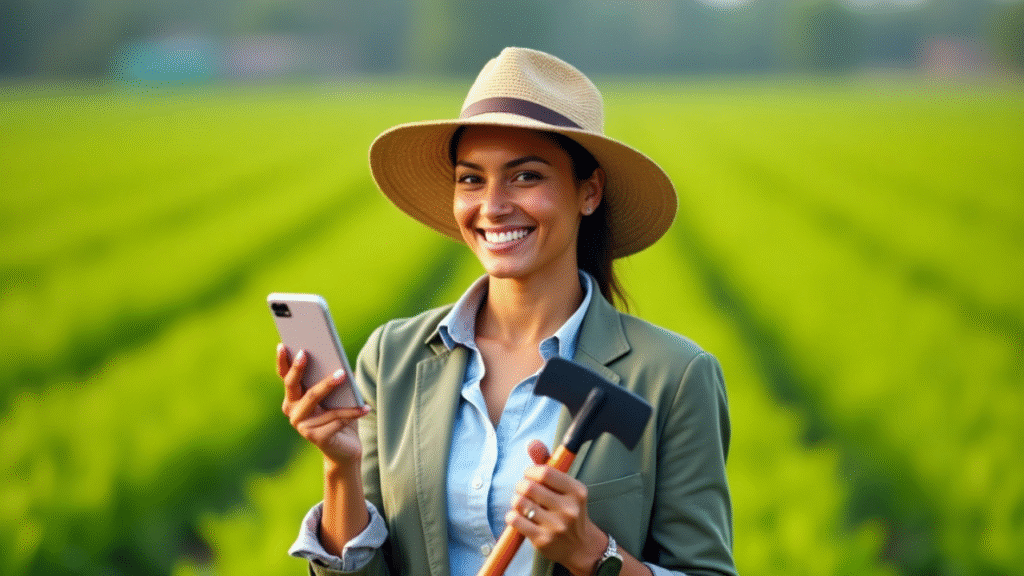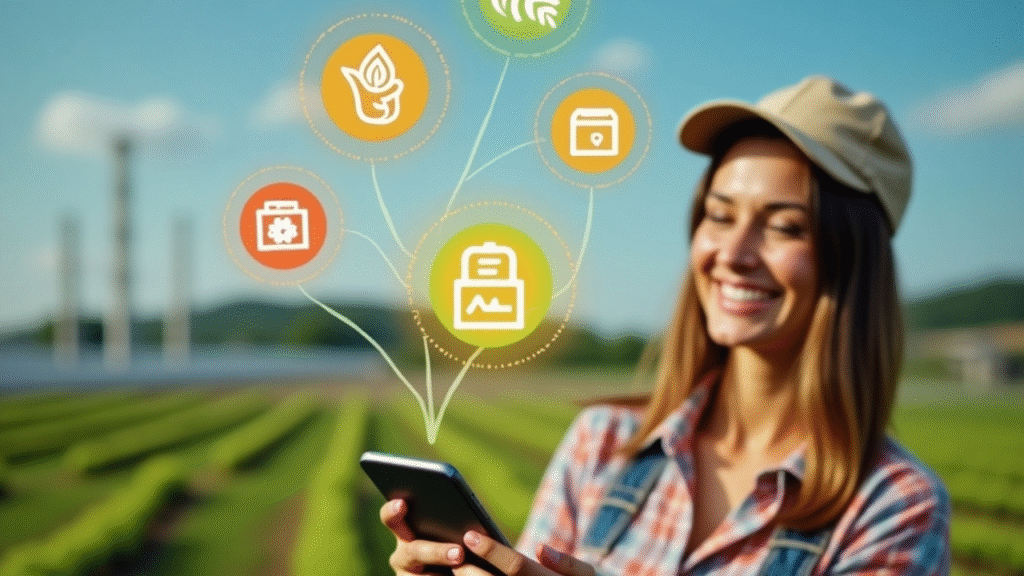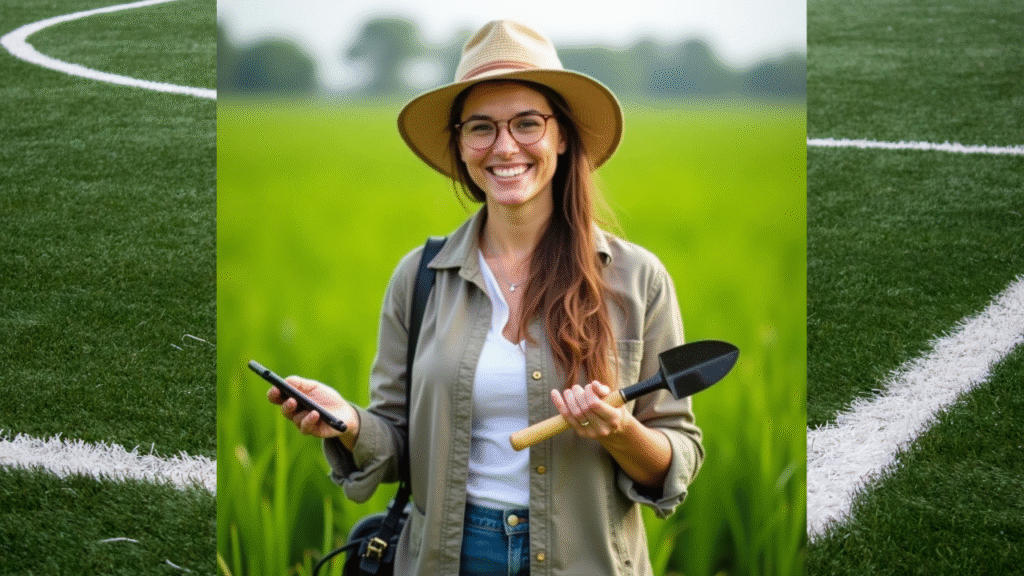For generations, women have been at the heart of agriculture—sowing seeds, harvesting crops, managing livestock, and sustaining food systems. Yet, despite their vital role, women farmers around the world often face a striking disadvantage: limited access to finance. This gap has prevented countless women from scaling their farms, improving productivity, or securing their family’s livelihood.
Enter microfinance—a financial innovation designed to provide small loans, savings, and credit access to people who are traditionally excluded from the banking system. In recent years, microfinance for women farmers has emerged as a powerful tool to bridge the agricultural finance gap, creating pathways for empowerment, economic independence, and rural prosperity.
In this blog, we’ll explore how microfinance is reshaping women’s role in agriculture, the challenges they face, global success stories, and the future of financial inclusion in farming.
Why Women Farmers Matter in Agriculture
Did you know that women make up 43% of the global agricultural workforce? In some regions of Asia and Africa, the percentage is even higher. Women are often responsible for growing food, managing family farms, and caring for livestock. Despite this, studies show that women receive less than 10% of available credit in agriculture.
This gender gap in agricultural finance doesn’t just affect women—it impacts entire communities. According to the Food and Agriculture Organization (FAO), if women farmers had the same access to resources as men, agricultural yields could increase by 20–30%, reducing global hunger by up to 17%.
Clearly, empowering women in agriculture isn’t just about fairness—it’s about feeding the world.

What is Microfinance and Why is it Crucial for Women Farmers?
Microfinance refers to small-scale financial services such as microloans, savings, and insurance provided to people who don’t have access to traditional banks. These services are typically offered through microfinance institutions (MFIs), cooperatives, or digital platforms.
For women farmers, microfinance means:
- Access to credit – Small loans to buy seeds, fertilizer, irrigation tools, or livestock.
- Savings opportunities – Safe places to save money, often with very low or no minimum balance requirements.
- Crop and health insurance – Protection from losses due to weather disasters, pests, or health emergencies.
- Financial literacy training – Helping women understand budgeting, record-keeping, and business management.
In simple terms, microfinance puts financial tools into the hands of women who need them most—allowing them to invest in their farms and their futures.
Challenges Women Farmers Face in Accessing Finance
Despite their importance in agriculture, women farmers face unique barriers:
- Lack of Collateral – Traditional banks often require land titles or assets, but in many cultures, land is owned by men.
- Gender Bias – Women are sometimes seen as “less creditworthy,” even though studies show they repay loans more reliably than men.
- Limited Mobility – Women in rural areas may have fewer opportunities to travel to banks or financial centers.
- Low Financial Literacy – Many women lack formal education or financial training, which makes navigating banking systems difficult.
- Cultural Norms – In some regions, women cannot open bank accounts without a male relative’s permission.
These barriers explain why microfinance is so essential—it bypasses traditional requirements and directly supports women farmers with tailored, accessible solutions.

Success Stories of Microfinance for Women Farmers
Across the globe, microfinance has proven transformative for women in agriculture. Here are a few inspiring examples:
1. India – Self-Help Groups (SHGs)
In India, women’s self-help groups supported by microfinance institutions have empowered millions of rural women. By pooling savings and accessing small loans, women have been able to buy seeds, set up dairy farms, and start agri-businesses. These SHGs not only boost income but also strengthen women’s voices in community decision-making.
2. Kenya – Digital Microloans via M-Pesa
Kenya’s mobile banking revolution has made microloans more accessible. Through apps like M-Pesa and M-Shwari, women farmers can borrow small amounts instantly, often without collateral. These loans help them buy farm inputs right when they need them, improving yields and profits.
3. Bangladesh – The Grameen Bank Model
Founded by Nobel laureate Muhammad Yunus, Grameen Bank pioneered the concept of group microloans, with women making up the majority of borrowers. Women farmers in Bangladesh have used these loans to purchase land, livestock, and agricultural tools, breaking cycles of poverty and dependency.
Benefits of Microfinance for Women in Agriculture
- Economic Empowerment – Women gain independence and the ability to make financial decisions.
- Improved Productivity – With access to credit, women can invest in better seeds, tools, and fertilizers.
- Household Well-being – Studies show that women reinvest their earnings into children’s education, healthcare, and nutrition.
- Resilience Against Shocks – Insurance and savings programs help women withstand climate change, droughts, and other risks.
- Community Development – When women thrive, entire rural communities benefit socially and economically.

The Rise of Digital Microfinance for Women Farmers
Technology is making microfinance even more powerful. With smartphones and mobile banking apps, women farmers can now access loans, track expenses, and receive digital payments without traveling long distances.
- Mobile Banking – Apps like M-Pesa, EcoCash, and Paytm make transactions simple and secure.
- Blockchain-based Lending – Some fintech startups are using blockchain to provide transparent, low-interest loans.
- AI-driven Credit Scoring – Instead of relying on land titles, AI analyzes farm productivity and transaction history to assess creditworthiness.
Digital microfinance is breaking barriers faster than ever, bringing more women into the financial fold.
The Future of Microfinance in Agriculture
Looking ahead, the integration of fintech and agriculture promises even greater opportunities for women farmers:
- Expansion of crop insurance apps tailored for women.
- Use of IoT and satellite data to assess farm conditions and improve credit scoring.
- Growth of women-led microfinance cooperatives that empower local communities.
- Stronger government and NGO partnerships to promote rural financial literacy.
By closing the finance gap, the world can unlock the full potential of women in agriculture, leading to food security, sustainable farming, and community resilience.

Conclusion
Microfinance for women farmers is more than just small loans—it’s a lifeline of empowerment, equality, and opportunity. By addressing the barriers women face in accessing finance, microfinance is helping them build stronger farms, healthier families, and more resilient communities.
As we move into a future shaped by digital finance and agricultural innovation, one thing is clear: when women farmers thrive, the world thrives.







